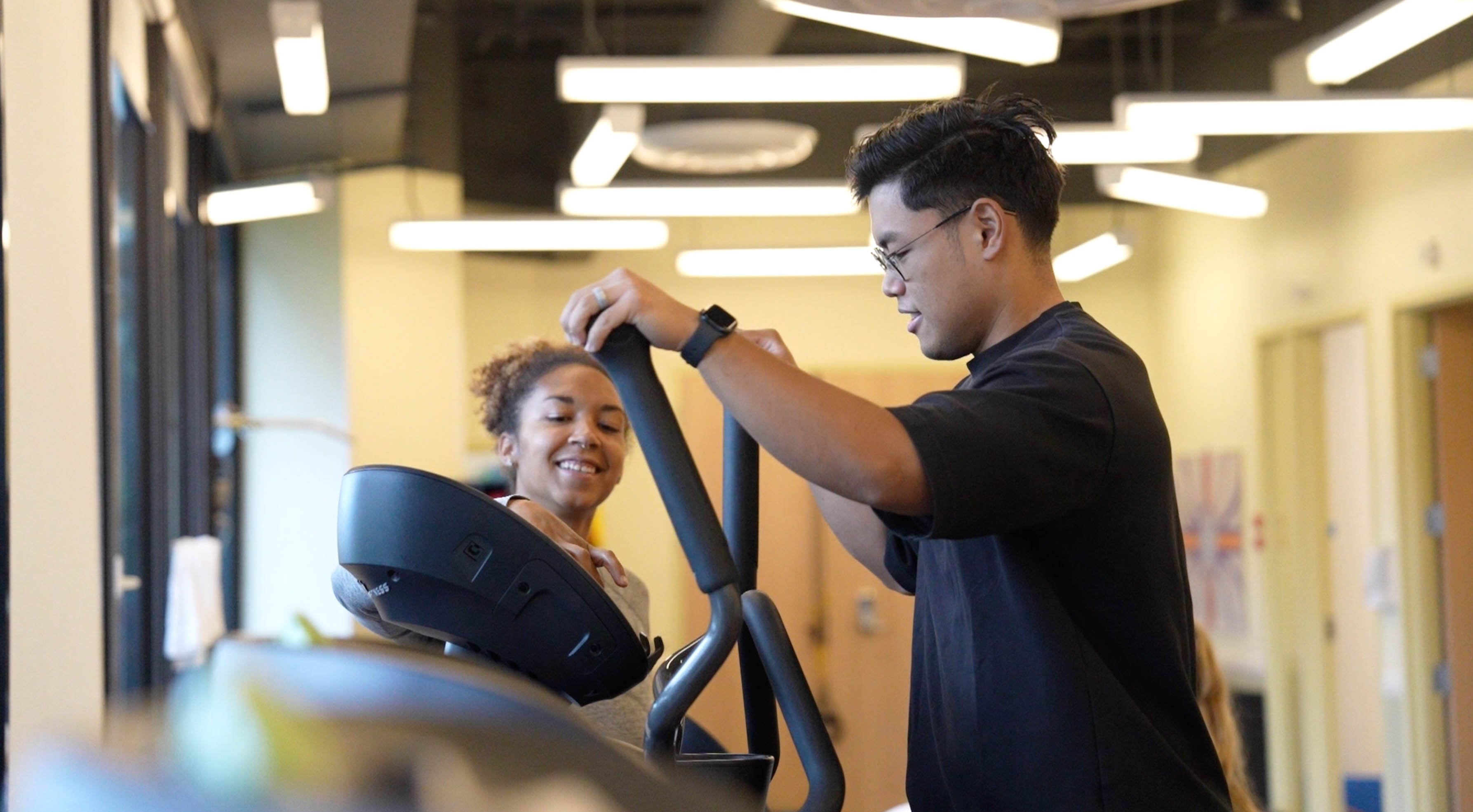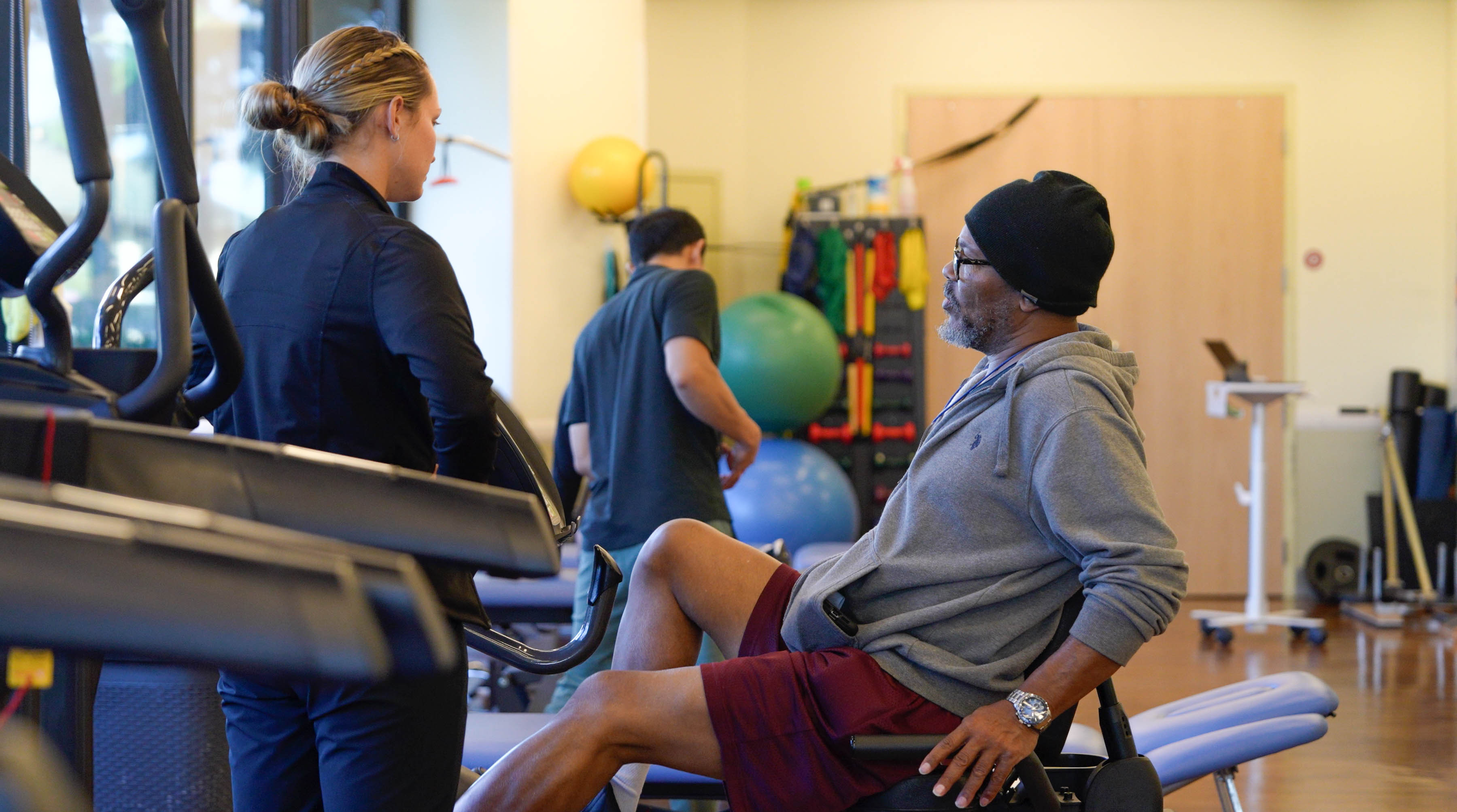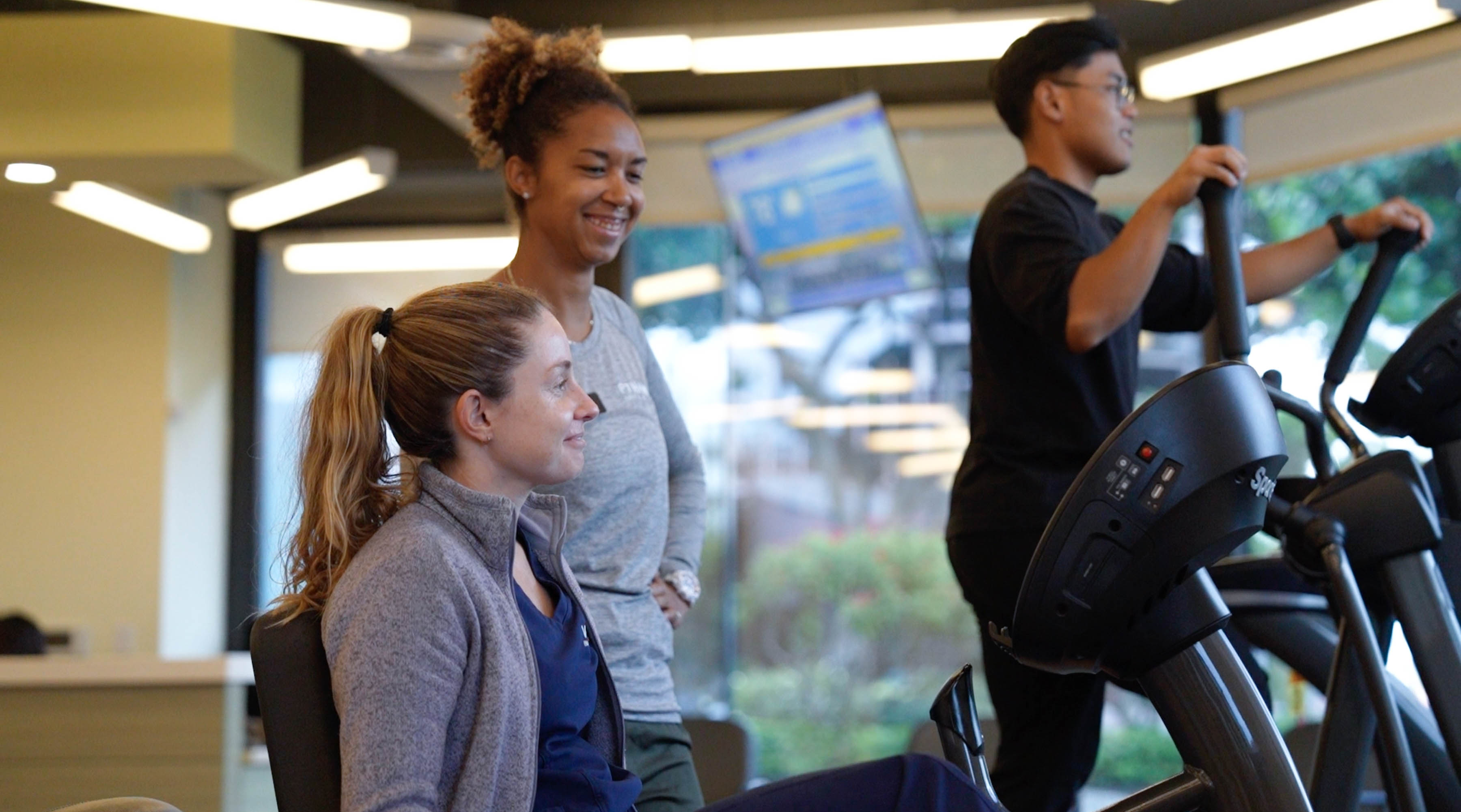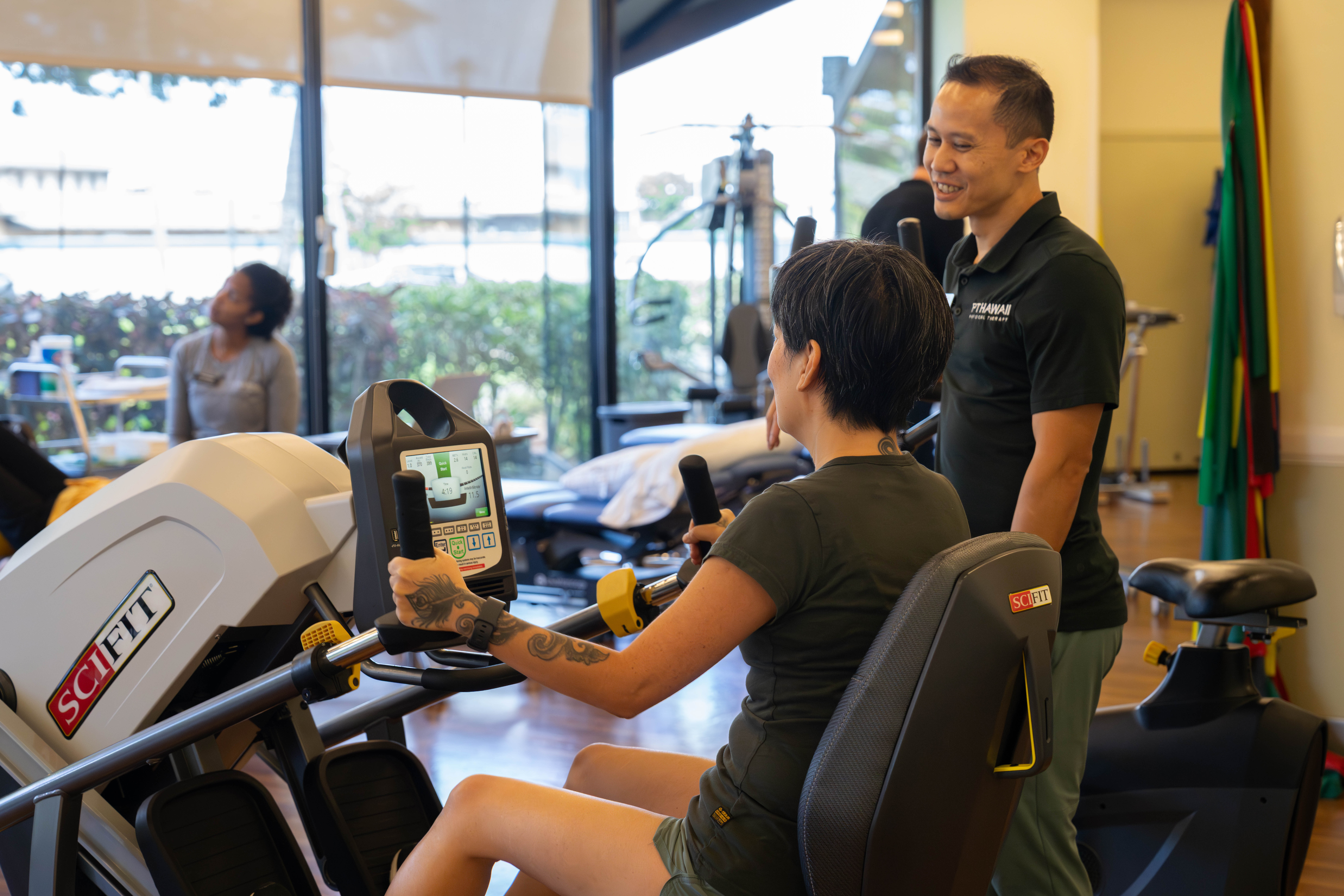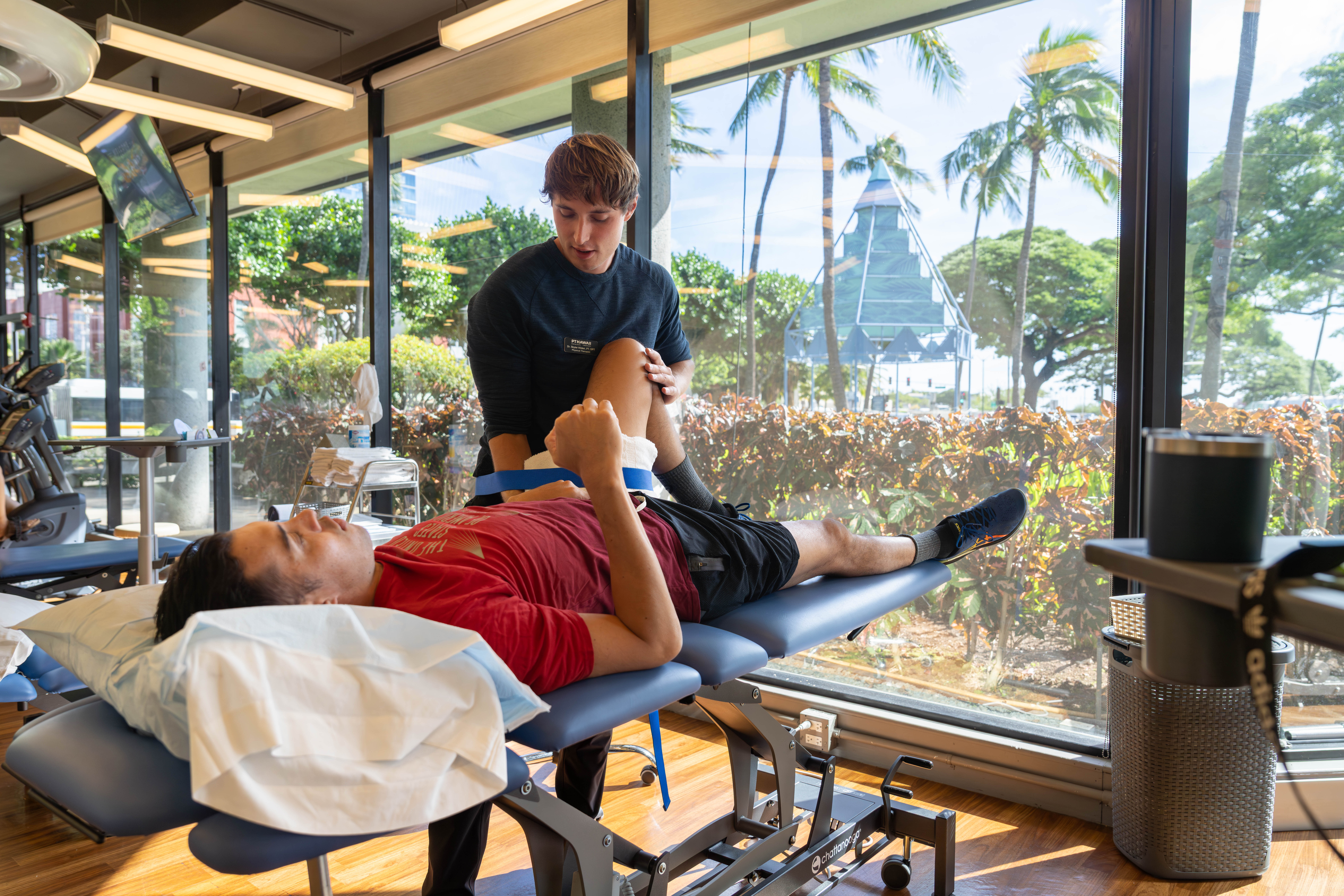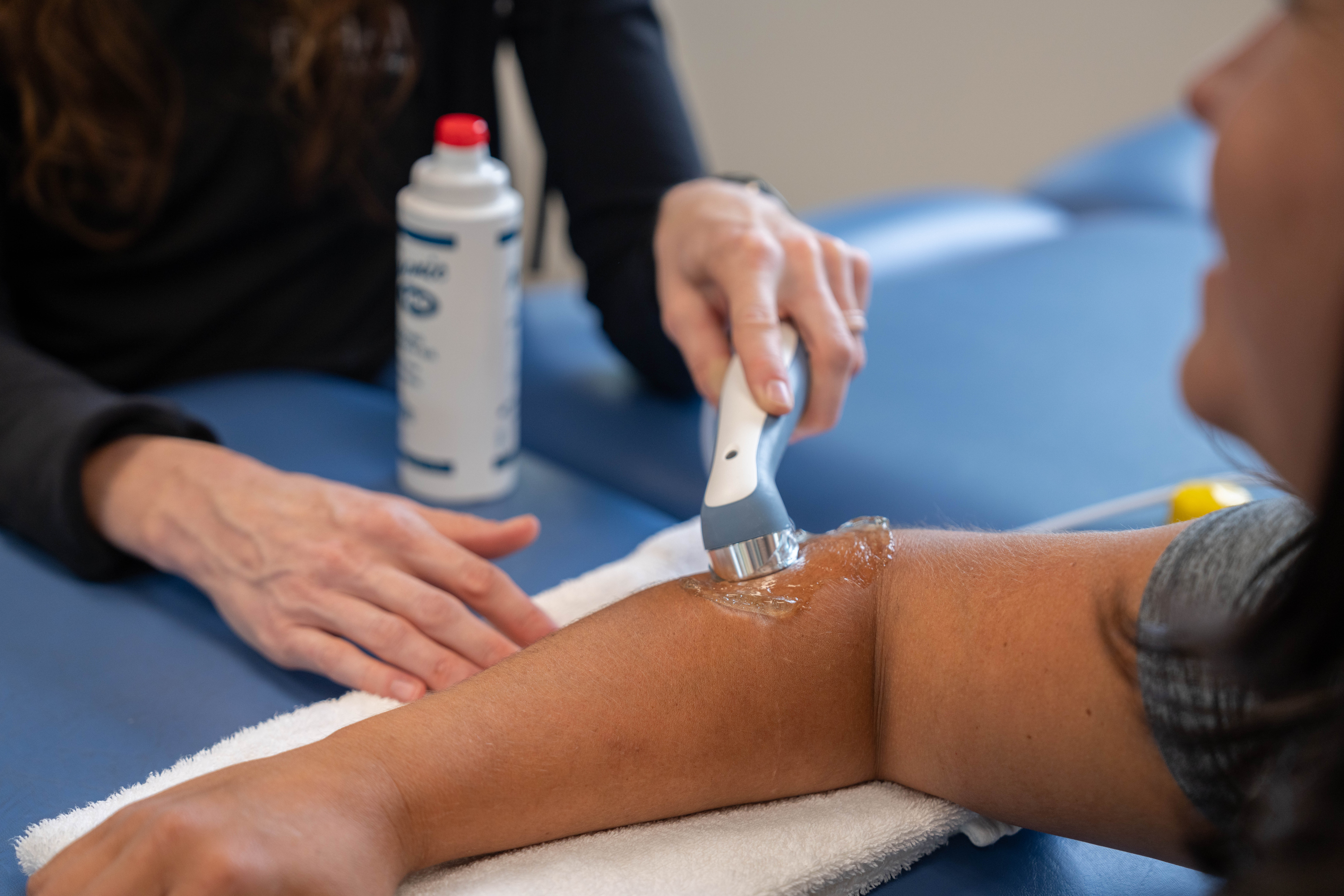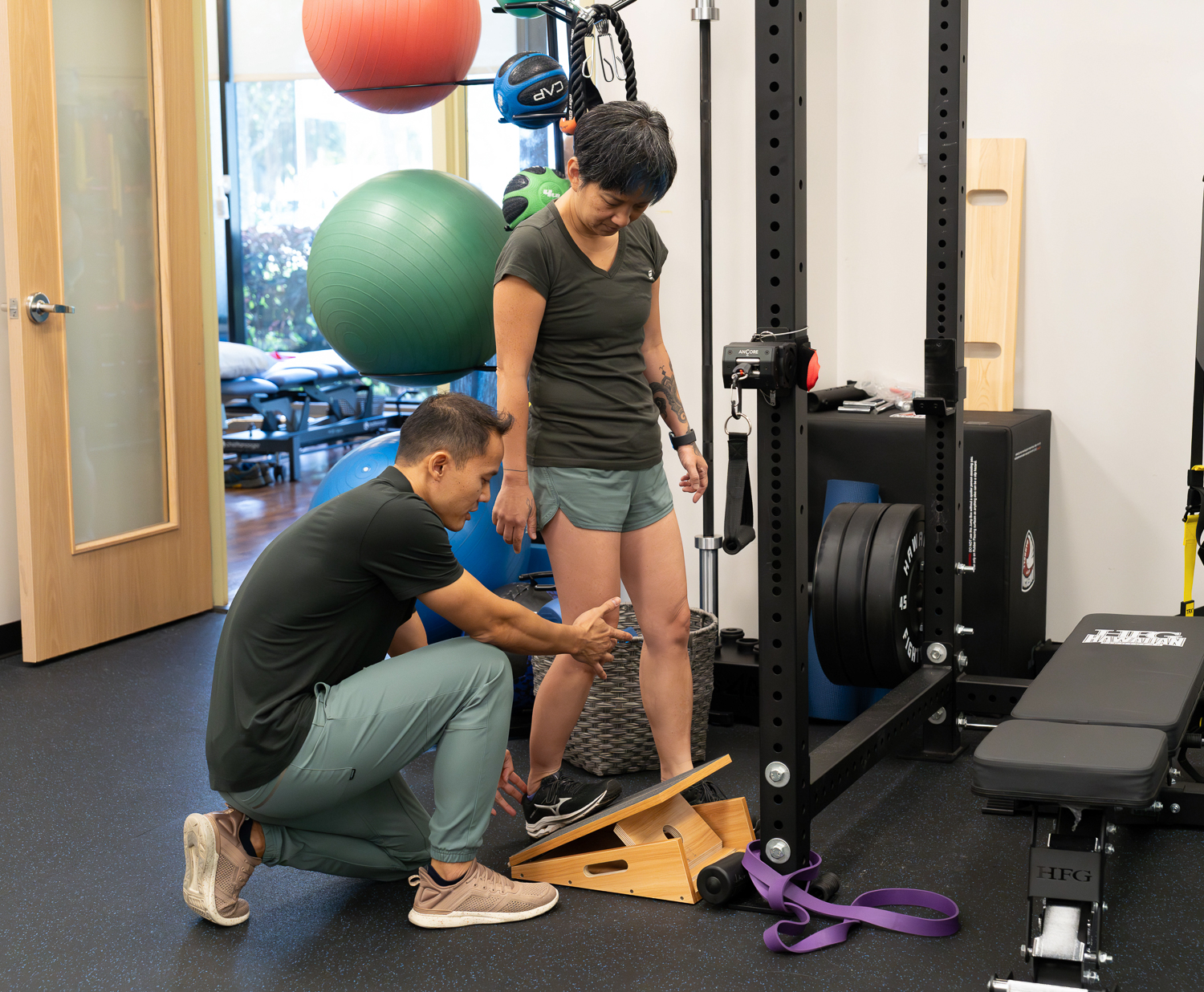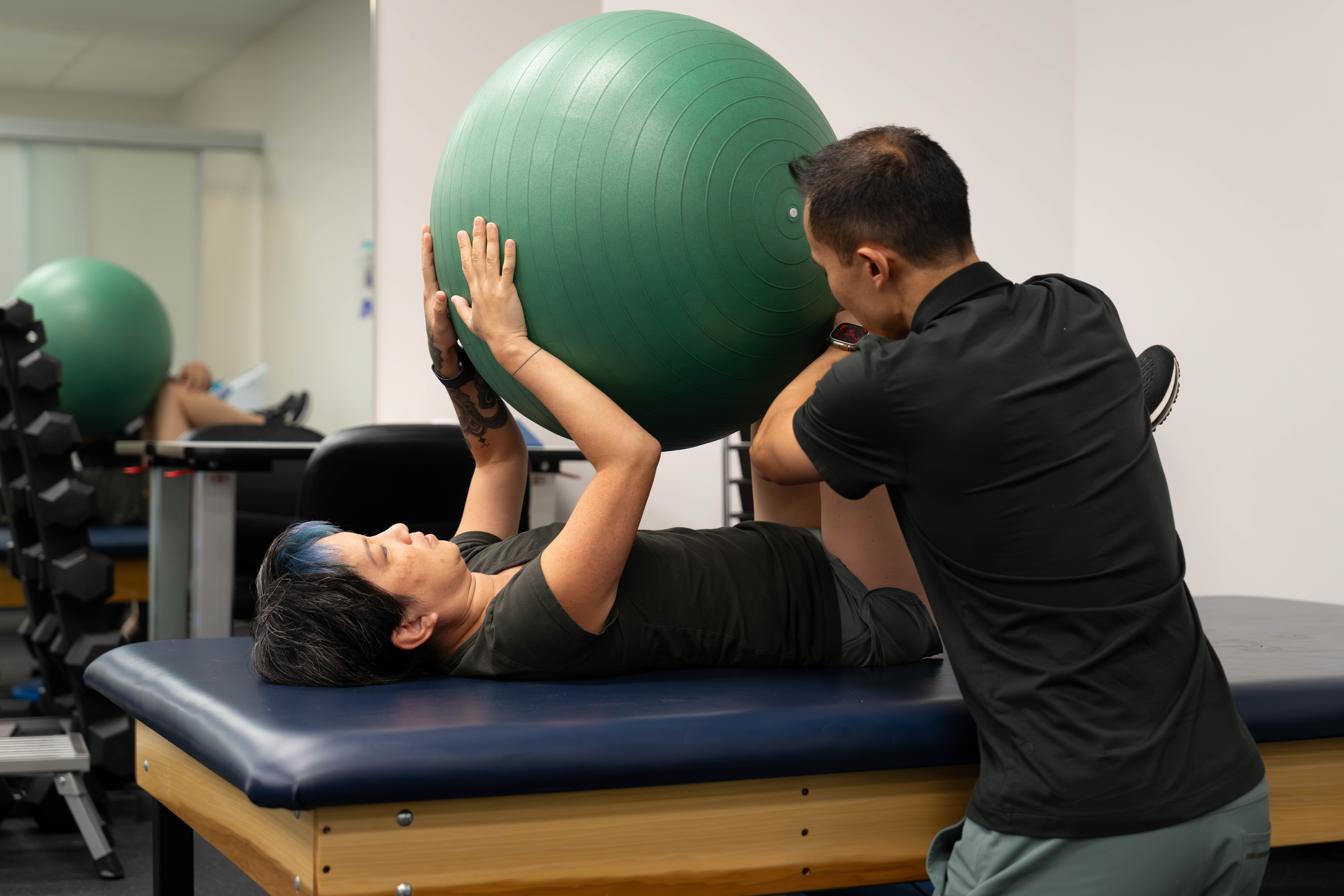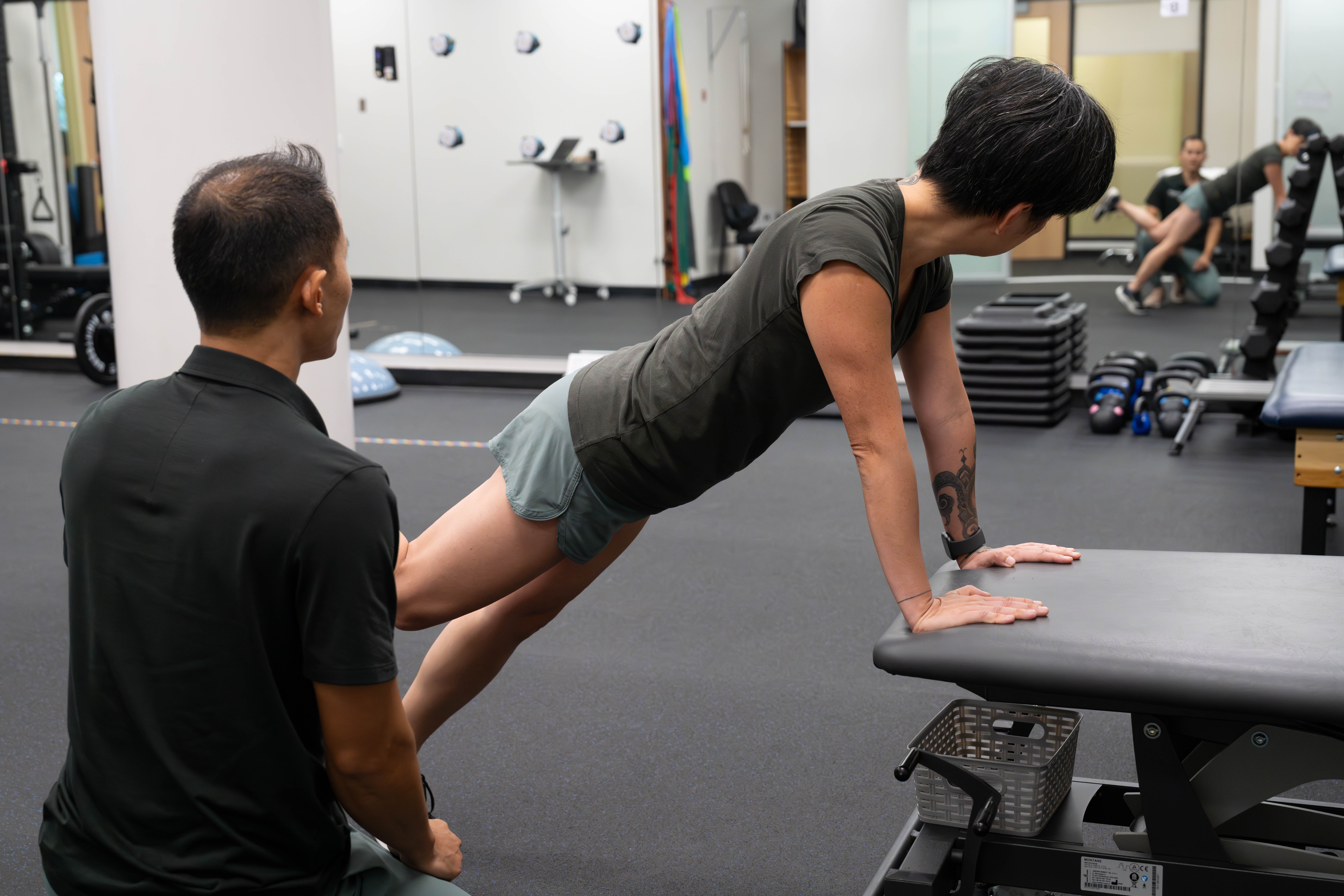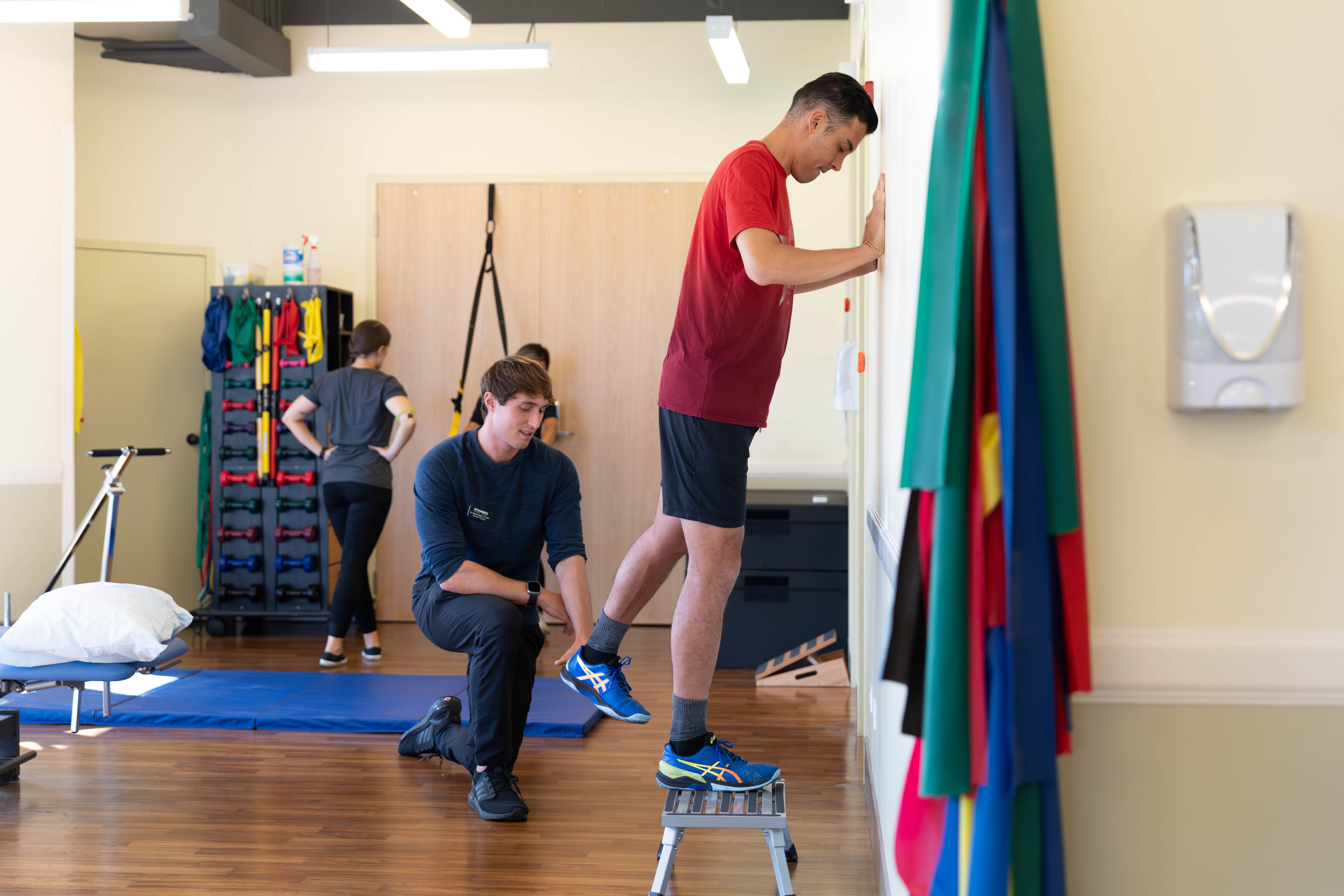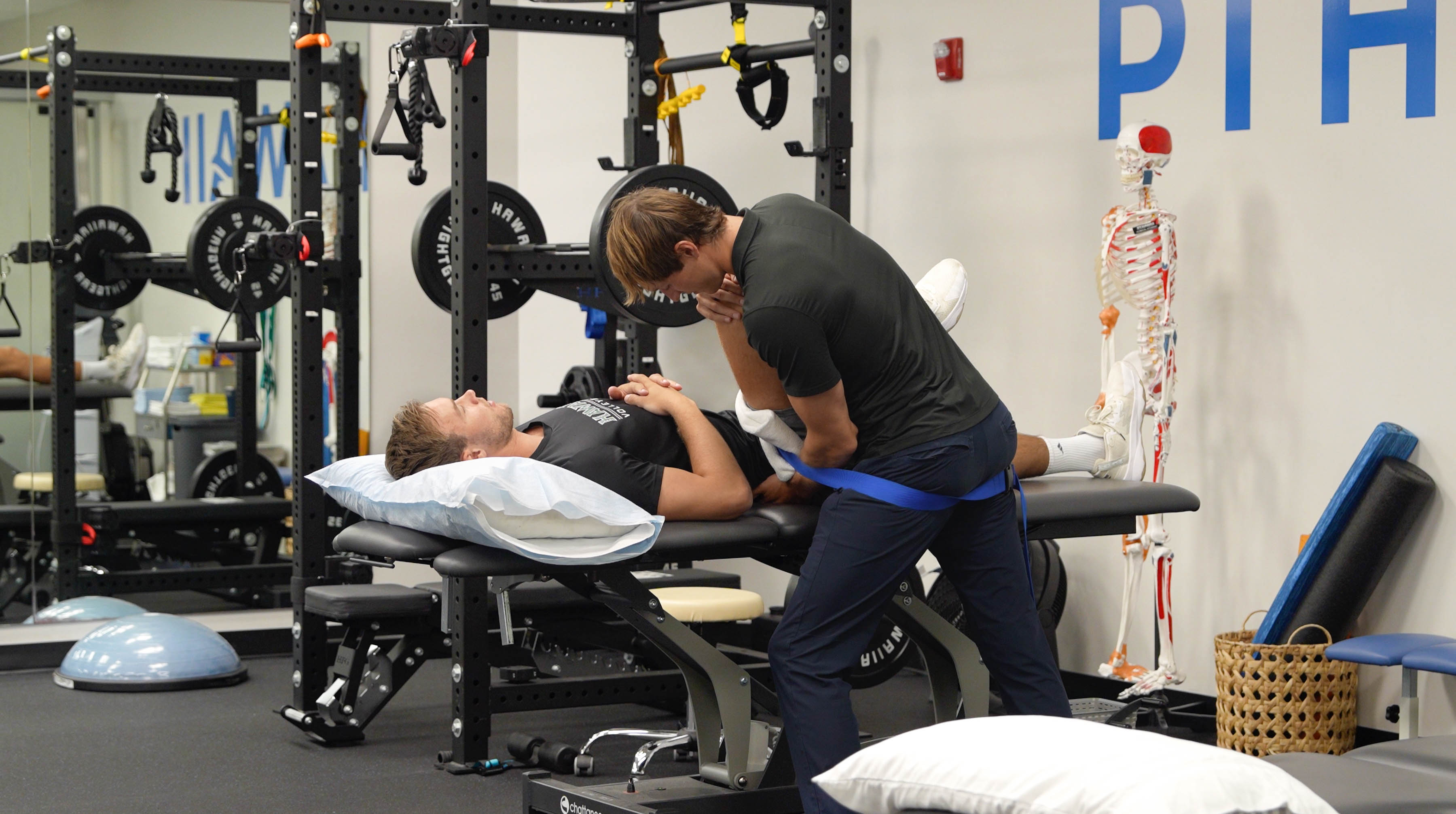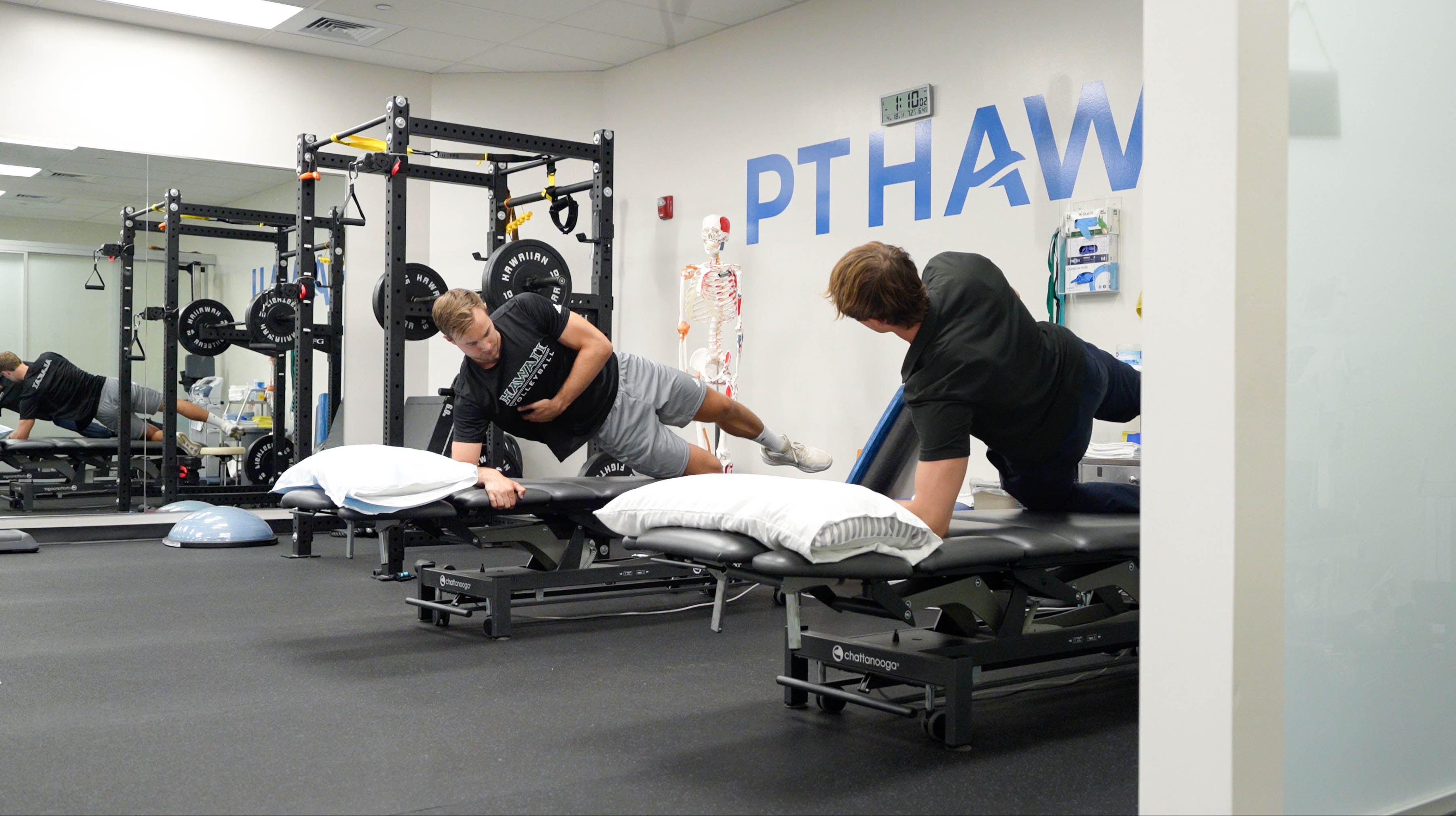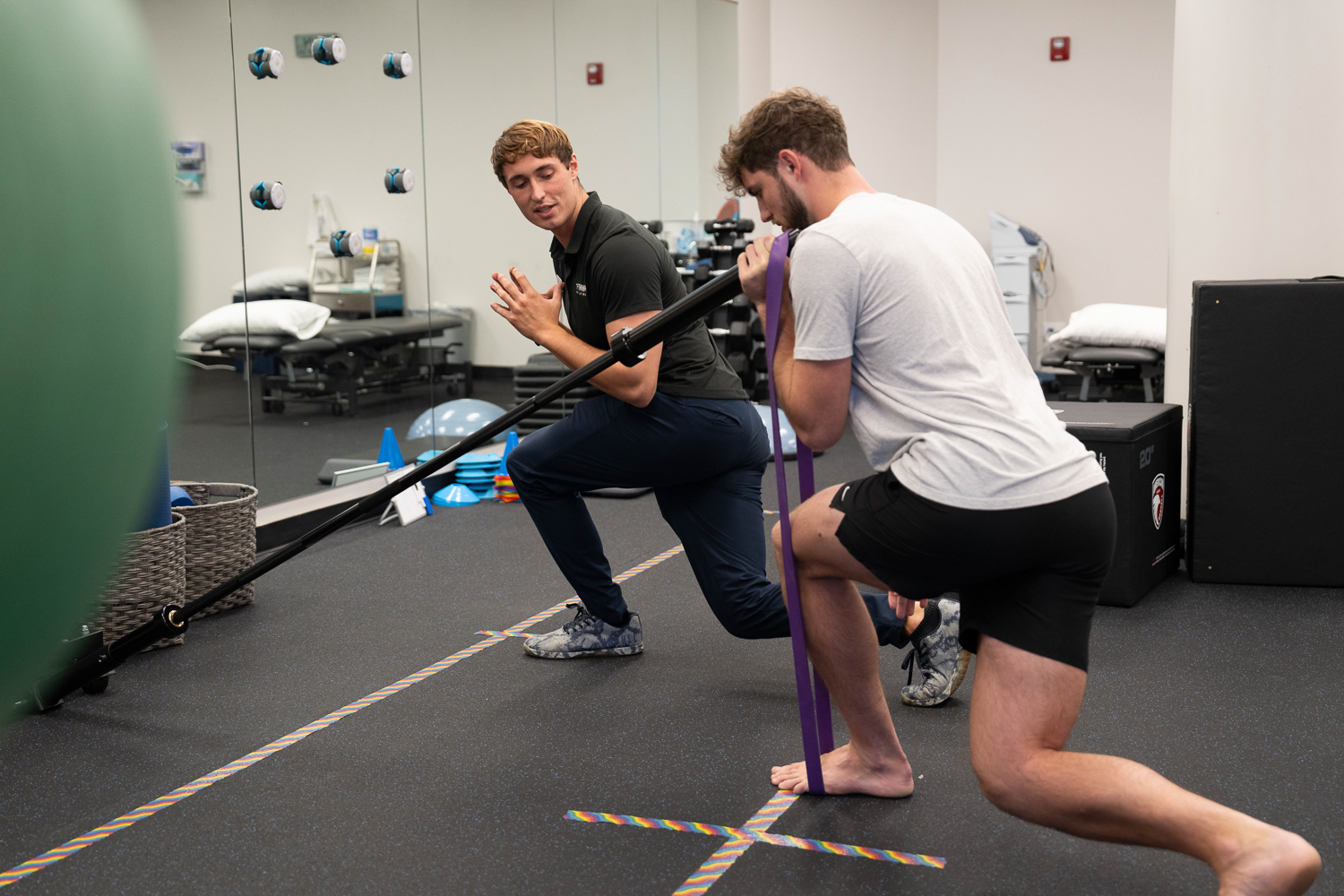Physical Therapy
Physical Therapy restores movement, strength, and function after injury, surgery, or chronic pain. Our expert therapists use evidence-based techniques to reduce pain, improve mobility, and help patients return to work, sport, and daily life safely and confidently.
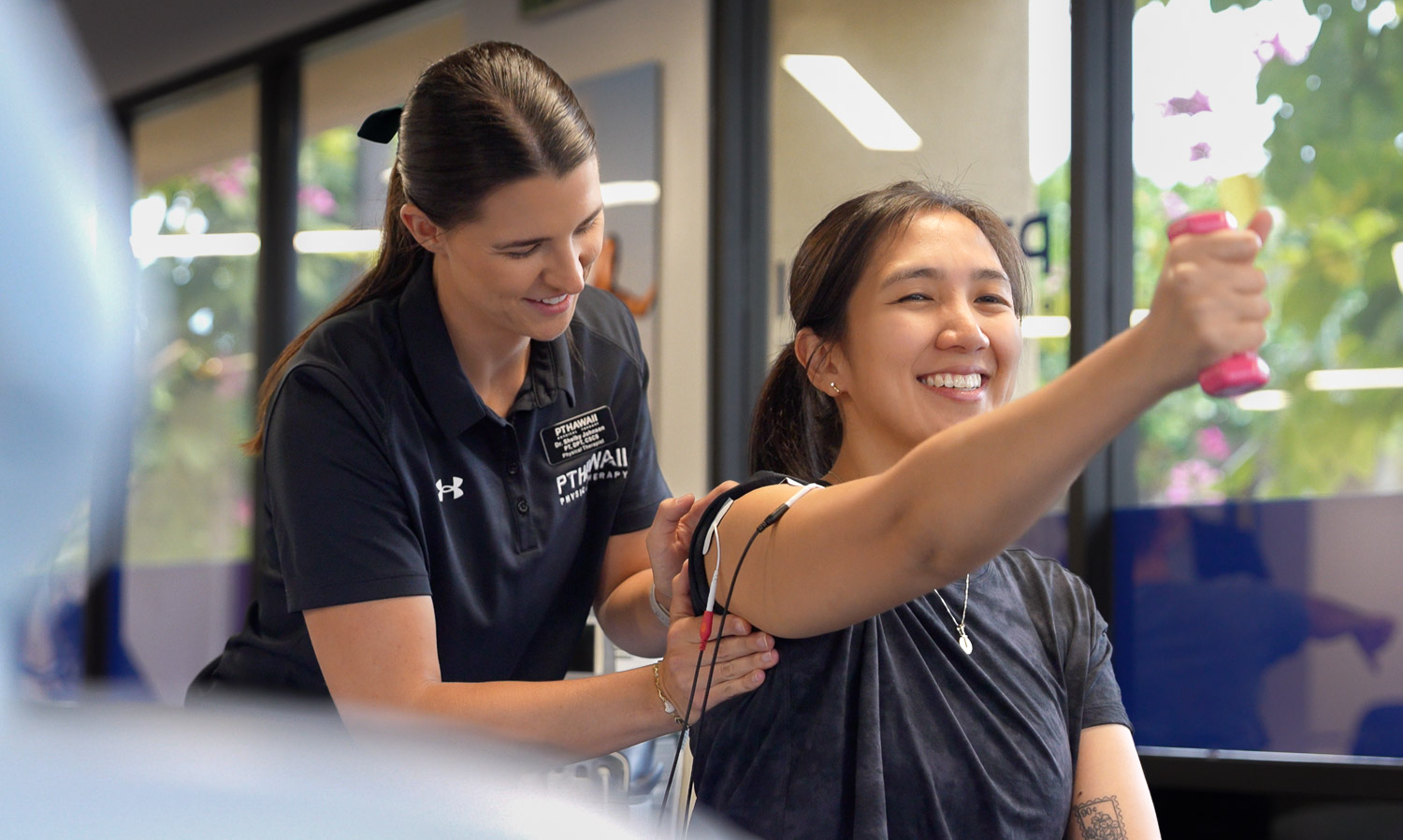
Physical Therapy
We provide personalized physical therapy designed to help you recover from injury, manage chronic pain, and regain strength and mobility. Whether you're healing from surgery, overcoming a sports or work injury, or managing a neurological condition, our experienced physical therapists are here to guide your recovery every step of the way.
We focus on restoring your body’s function—so you can return to the activities you love with confidence.
Comprehensive Physical Therapy Services
Strengthening Exercises
Injuries and inactivity can lead to muscle weakness and poor joint stability. Our targeted strengthening programs use resistance training to rebuild muscle, enhance joint support, and improve overall physical performance.
Endurance & Conditioning
After an injury, your body can lose endurance and become deconditioned. Our cardiovascular and strength-based conditioning programs help restore stamina, improve heart health, and boost your ability to stay active throughout the day.
Range of Motion & Flexibility
Limited motion can cause pain and reduce function. We use customized range of motion exercises, stretching routines, and mobility drills to restore flexibility, reduce stiffness, and promote pain-free movement.
Neuromuscular Re-education
Balance issues, poor posture, and coordination challenges often stem from disrupted neural pathways. Neuromuscular re-education retrains your brain and muscles to work together efficiently—enhancing control, stability, and functional movement.
Manual Therapy
Manual therapy is a hands-on approach where our physical therapists use techniques like joint mobilizations and manipulations to reduce pain, improve movement, and promote healing. This is not general massage—it's targeted, therapeutic intervention for deeper results.
Vertigo & BPPV Treatment
Suffering from dizziness or imbalance due to Benign Paroxysmal Positional Vertigo (BPPV)? We perform canalith repositioning maneuvers to realign crystals in the inner ear and eliminate vertigo symptoms quickly and effectively.
Modalities
- Electrical Stimulation (NMES, Russian, TENS)
- Mechanical, Cervical & Lumbar Traction
- Ultrasound
- Low-Level Laser Therapy
- Athletic Taping (Kinesiotape, Rocktape)
- Cold Packs and Heating Pads
- Parrafin Bath
- Thermotex - a deep penetrating infrared heating pad that provides therapeutic pain relief
- Vasopneumatic Cuffs / Blood Flow Restriction
Why Choose PT Hawaii for Physical Therapy?
- Personalized treatment with our licensed, experienced physical therapists / physical therapist assistants.
- Customized plan of care focused on your goals
- Proven, evidence-based techniques to speed recovery
- Friendly, supportive environment to keep you motivated
- Flexible scheduling to fit your busy life
Don’t let pain or injury hold you back. Experience compassionate, expert care that gets results.
Patient voices
Authentic stories of healing, strength, and transformation through dedicated physical therapy.
Get Started with Healing
Take the first step towards recovery today!




